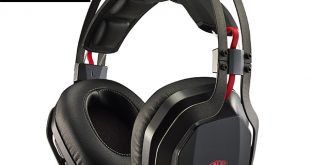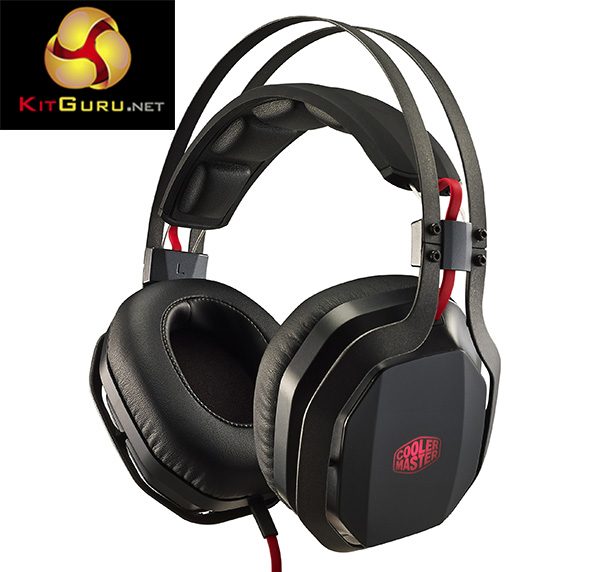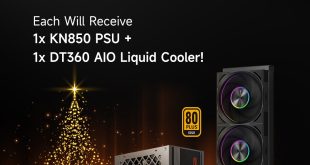
As important as having a decent keyboard and mouse is for any enthusiast PC gaming setup, having decent audio quality should also be on the priority list. Today, we are taking a look at the Cooler Master ‘MasterPulse' Gaming Headset, aiming to offer a ‘groundbreaking audio experience' with its new headphone drivers and patented Bass FX technology. Should this be your next audio upgrade? Let's find out…
The MasterPulse Pro comes with some key selling points, the first of which is Cooler Master's exclusive Bass FX technology, which uses a ported chamber design to enhance lower frequencies, thus making the bass more dominant. The 44mm headphone drivers used, coupled with the in-line sound card, also offer enhancements such as 7.1 virtual surround sound at the touch of a button.
Before we dive in further, I'd like to take a moment to explain Bass FX in more detail. The MasterPulse Pro headphones come with magnetic side covers attached to the ear cups, which seals the speaker chamber and creates a closed-back design. This results in dampened but tighter bass, the closed off design also has the added benefit of isolating sound better.
However, the MasterPulse Pro can also double as an open-back headphone, which can be achieved by removing the magnetic side covers. This will give the bass more room to breathe, creating more of a ‘boom' effect and enhancing the bass over the rest of the mix. However, this also means that there will be less noise isolation. In most headphones, you have to decide between open or closed back before making your purchase. However, Cooler Master has made it possible to have both with this new design.
Features and Specifications:
- Drive Unit Dimensions: 44mm.
- Frequency Response: 20Hz-20KHz.
- Sensitivity: 118+/-3dB (at 1KHz).
- Impedance: 50 Ohms.
- Mic Direction: Omni.
- Mic Frequency Response: 100Hz-10KHz.
- Mic Sensitivity: -34+/-3dB (0dB=1V/Pa)
- Signal to Noise Ratio: 50dB or more.
- In-line controls: Virtual 7.1, Volume, Mic on/off, EQ.
 KitGuru KitGuru.net – Tech News | Hardware News | Hardware Reviews | IOS | Mobile | Gaming | Graphics Cards
KitGuru KitGuru.net – Tech News | Hardware News | Hardware Reviews | IOS | Mobile | Gaming | Graphics Cards



